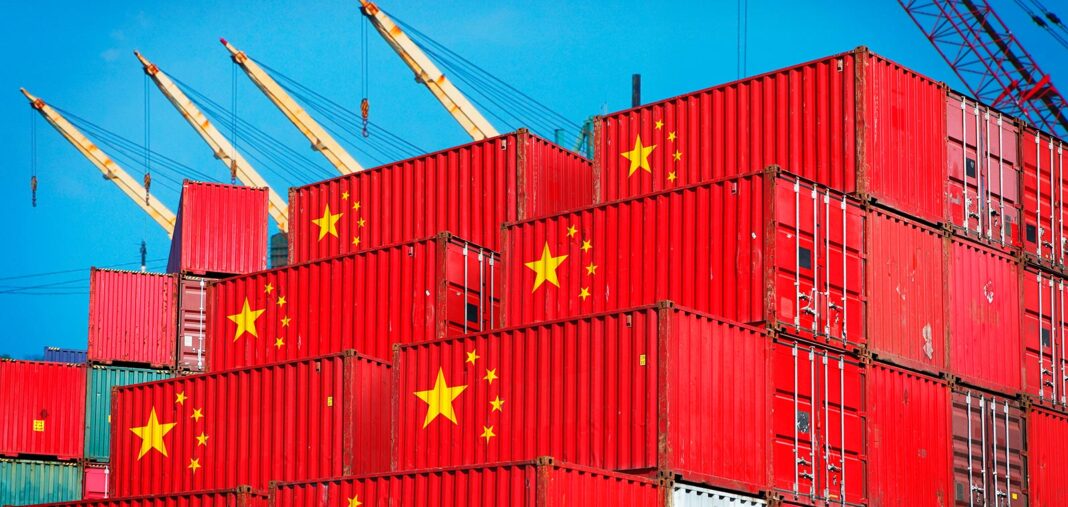As the world closes in onto the new year China has designed its road map to success for 2025. Xi Jinping’s regime has launched “Made in China 2025” program that aims to further its agenda of being a dominant force and place its companies at top spot by all means. The program would give Chinese firms an edge to procure government subsidies, mobilize state-owned enterprises, and acquire intellectual properties to help them beat and surpass global competition. For the United States and collaborative West these tactics by Beijing are improper as it gives way to discriminatory use of foreign investment, forced technology transfers, intellectual property theft, cyber attacks, and espionage. The very reason why Donald J. Trump has levied tariffs on Chinese made goods and halted Chinese-led acquisition of IT firms. The policy makers of West are worried that China’s desire for ultimate supremacy will destabilize the global trade.
Made in China 2025 program was initiated in 2015 and for over ten years has targeted sectors such as electric and new energy vehicles; next-generation information technology (IT) and telecommunications; advanced robotics and artificial intelligence; agriculture; aerospace engineering; new synthetic materials; advanced electrical equipment; emerging bio-medicine; high-end rail infrastructure; and high-tech maritime engineering. China has systematically guided its industries toward success by using the latest technological advancements. China, already dominant in semiconductor and electric vehicle manufacturing, aims to have no reliance on foreign tech. This program is in-line to country’s fourth industrial revolution and drew similarity from Germany’s Industry 4.0 development plan. China through this program aims to achieve 70% self-sufficiency in high-tech industries in 2025 and by 2049 wants to achieve global dominance. The “Made in China 2025” program has been running fruitfully for a decade in complete secrecy.
China’s 2025 program intends to push the economy through this difficult transition and over the so-called middle-income trap, in which growth plateaus as wages start to rise, that has troubled many other developing countries. China is resorting to unfair tactics such as setting explicit targets, back channel coordination, providing direct government subsidies, investing in and acquiring foreign companies, mainly the IT firms, to gain access to advanced technology. While foreign companies doing business in China complain that they are forced to enter into joint ventures with Chinese firms under terms that require them to share sensitive intellectual property and advanced technological know-how.
It all started when China started investing hurriedly in foreign companies. In 2017, the US caught China investing in U.S. firms that work on facial-recognition software, 3-D printing, virtual reality systems, and autonomous vehicles that catered both in civilian and military technologies. In April 2018, U.S. intelligence agencies discovered that China is recruiting foreign scientists, stealing U.S. intellectual property, and is quickly acquiring U.S. firms to weaken U.S. industrial base. China’s state-led model was trying to take control of supply chains, mainly the cobalt industry that powered the global tech base. In June 2018, the White house revealed how China was not just trying to harm U.S. economy but also the global innovation system as a whole. China distorted global markets by prioritizing political considerations over economic incentives. Chinese firms started doing overproduction and dumping cheap goods in the global market to kill the competition. A Trump administration led investigation under Section 301 of the 1974 Trade Act which was on since 2018 concluded that China’s actions were “unreasonable and discriminatory.” Trump criticized Beijing for its ill trade, investment, and currency policies that basically worked towards increasing the U.S. trade deficit and pull down the U.S. manufacturers.
China in its defense has stated that its industrial policy 2025 is in sync with fast changing global requirements and is forproviding business opportunities to its people. China claimsits average per capita income, comparedto US’ $56,000 a year, is at $8,000 a year, and is still lesser than many developed countries. Thus, China’s 2025 industrial policy is just imitating the one the other developed countries, such as Unites States, South Korea, Germany, and Japan, are having. Like them, it wants to support its native industries while looking to integrate new information technologies into its manufacturing sectors.
However, the European and U.S. policy makers feel China is faking its nationalism to achieve world dominance. For example, there are multiple differences between China 2025 policy and Germany’s Industry 4.0 plan. Germany is giving smaller subsidies and that too mostly for research, and its economy is open to foreign participations and ensures fair competition. On the other hand, China grants enormous subsidies to its firms and regulates German companies while restricting their local market access.
The US and other European counties have already perceived the Chinese 2025 trade policy as a global threat. The Committee on Foreign Investment in the United States (CFIUS) had previously blocked several Chinese deals under both Barack Obama and Trump. Now, Trump after coming back to power wants CFIUS to be more equipped to counterthreat Chinese investments might pose. Similarly, many other developed countries have questioned China’s trade and investment practices. Australia since 2016 is on guard when Chinese investments had intensified and it rejected Chinese bids to buy Australian agribusiness and electricity grid operators. In Germany, industrial giants, including Daimler, which is developing new battery technologies, and Kuka, the country’s largest robotics producer, had raised alarms and led Berlin to call for a European Union–wide investment review body to counter Chinese investments. France, too, had increased restrictions on foreign investment to stop exploitation of its technologies by the Chinese. However, many smaller European countries, such as Greece and Portugal, worry that restricting outside capital could hamper their economic growth.
European Union and its leaders are also wary of State-led subsidies to Chinese firms and restrictions on European firms within China that aims to steal its intellectual property. The EU has filed complaints against China at the WTO and imposed anti-dumping measures on many products. China, under pressure from EU, had earlier agreed to improved market access to European companies.But now with its Made in China 2025 program coming back in full flow more trade irregularities will take place and the global supply chain will trigger economic imbalances.

